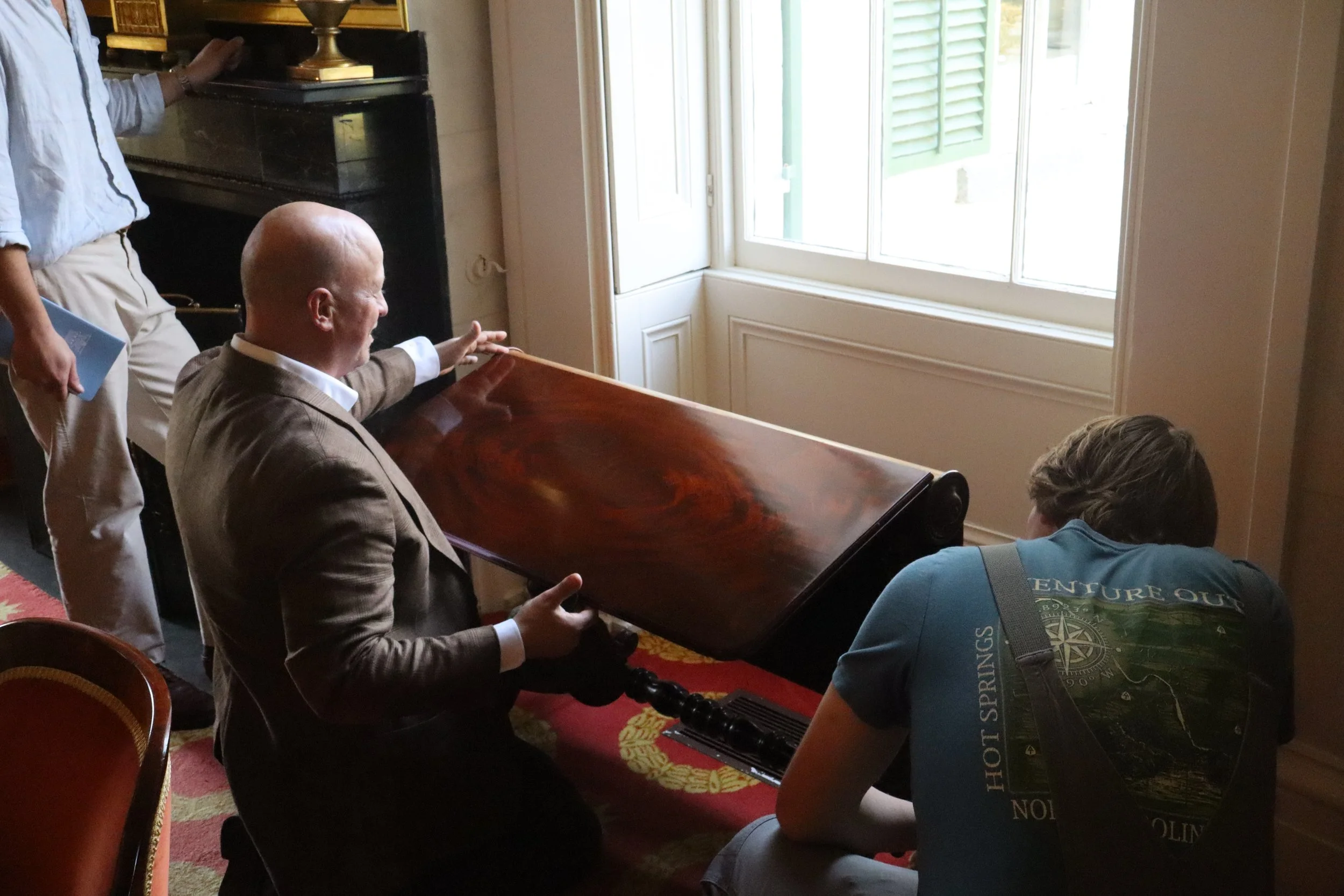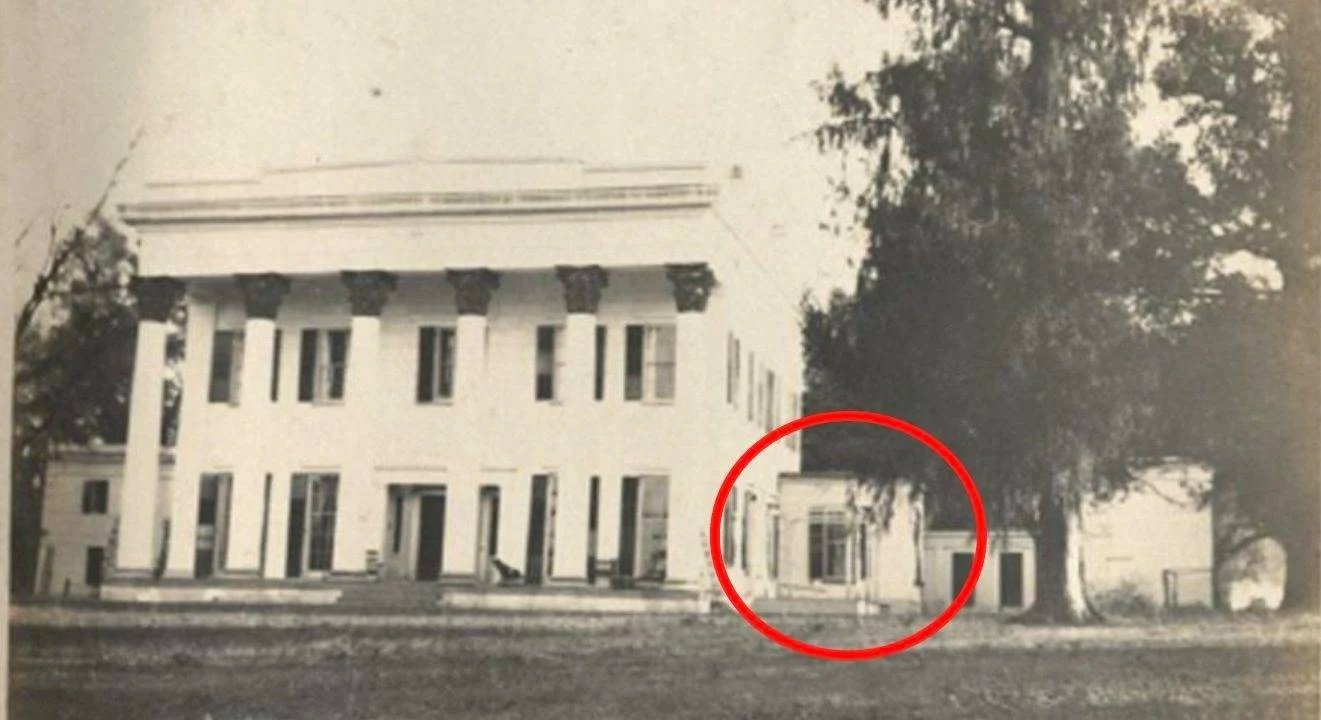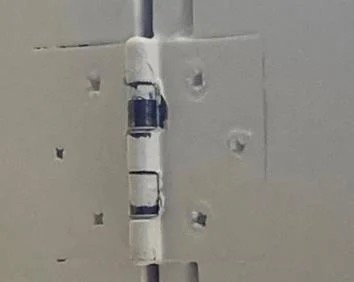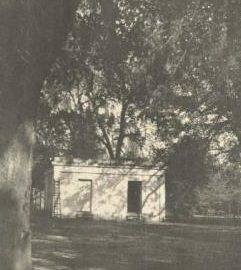Discovered Photo Album Illuminates Millford’s Architectural Evolution
By: Gabriel Cristofari, 2021 Almuni of the Clemson-College of Charleston Graduate Program in Historic Preservation
Call to action text or related destination description
STAY CONNECTED
“The significance of the photo album is creating a database of images documenting Millford’s buildings, landscape and people who interacted with the property at a specific time such as Ben Pleasant and Ann Johnson, servants who had their own quarters at Millford. These rare snapshots allow researchers an opportunity to travel back in time squarely in 1910.”
In the Spring of 2021, my graduate cohort from the Clemson University/College of Charleston Master of Science in Historic Preservation Program collaboratively completed a Historic Structures Report (HSR) for Classical American Homes’ remote South Carolina estate, Millford.
The complete HSR covered various topics including the history of Milford; alterations to the landscape and buildings; background information on the individuals who owned the property; architectural descriptions of the exterior and interior of the buildings; condition assessments of the exterior and interior of the mansion; evaluation of the historical significance and integrity of the mansion; and measured drawings based on laser scans.
This multi-faceted project provided the opportunity to further hone my skills in historic research, architectural descriptions, condition assessment of various building materials, and the use of AutoCAD for the creation of measured drawings. However, this project was not limited to polishing these technical skills, but foremost, taught me the importance of an HSR and the various methods for creating one.
I found myself beyond excited piecing together the clues left behind to create the most historically accurate narrative pertaining to what happened at Millford when the Clark family of New York owned it throughout almost the whole 20th century (1902-1992).
My cohort made several discoveries including a 20th century building alteration, possibly initiated by Mary Clark Thompson, to the kitchen/pantry off the historic, formal dining room on the first floor (Figure 1), as well as other 20th century additions to make room for modern amenities.
In an oral interview given March 25th, 2021, Site Supervisor Louis Hall recalled that Mary Clark Thompson began installing an indoor plumbing system consisting of cast iron pipes in the early 1920’s and was completed under the stewardship of her nephew Emory Wendell Clark. This became the first bathrooms in the mansion. Louie Hall stated a bathroom was also installed on the roof of the south-facing porch for the southwest bedchamber. The bathroom bump out can be seen on a HABS photo taken in 1960 and second floor plans drawn by HABS in 1965 (Figure 2).
An elevator was installed in 1985 allowing an individual to go from the porch level up into Clark-era constructed bathroom. Evidence supporting this consists of a different type of butt hinge used for the panel shutters for the southeastern window in the southwest bedchamber. The butt hinge is thinner compared to a thicker butt hinge used for the remaining panel shutters found throughout the mansion (Figures 3 & 4). Louis Hall remembers bricking up the door opening making it into a window once again.
Another piece of evidence is a square block seen on the ceiling of the porch. It does not match either in color of consistency when compared to the surrounding stucco (Figure 5). Faint streaks on the wall where the elevator was attached can be seen if examined closely.
Alteration to this part of the exterior happened before the elevator was installed, the second floor southwest exterior elevation in a HABS photograph taken in 1960 shows only one window instead of two six-over-six double hung sash as seen on the southeast side. The window on the southwest side appears to be two four-over-four sash windows in one frame (Figure 6).
However, the hidden gem of all the discoveries was the Clark family photo album of Millford found in Williams College Special Collections and Archives. On the front cover of the album in the bottom left corner in gold letters is the name Mrs. Fredrick F. Thompson otherwise known as Mary Clark Thompson the first Clark family member to take ownership of Millford (Figure 7).
The significance of the photo album is in creating a database of images documenting Millford’s buildings, landscape and the people who interacted with the property at a specific times such as Ben Pleasant and Ann Johnson, servants who had their own quarters at Millford. These rare snapshots allow researchers an opportunity to travel back in time squarely in 1910.
With this newly-discovered photo album in hand, I was tasked with researching the history of Millford during the Clark family’s 90-year ownership period from 1902-1992. The research focused on a variety of topics, including establishing a chain of title for Millford during the Clark family period, understanding the specific individuals at Millford, and establishing how the property changed during the Clark family’s ownership.
I closely studied each photo to note any minute details or significant changes that occurred from when the photos were taken in 1910 to the present. From my observations, the photo album’s contents can be broken down into three primary categories: documentation of the overall landscape of the property, evidence of the extant buildings on the estate, and clues about the people occupying Millford.
As to the documentation of the overall landscape of the property, the primary alteration from the photo album to the present is most likely deforestation. The area was used for harvesting timber, however, it still remains a densely forested area. It should be noted that my class did not traverse the entire property, but no significant changes to the landscape were evident when comparing the 1910 photos to my own observations while on site.
Several buildings were documented in the 1910 photos, including the exterior of the mansion (Figure 8), the porter’s lodge (Figure 9), butler’s pantry, living quarters (Figure 10) for servants, stable, and other assorted buildings found throughout the property. These buildings remain in the property today.
Lastly, the photo album revealed additional details on the changes to the kitchen/pantry on the first floor and the movement from the dependency structures to the main house.
When looking at the photos, its easy to see how the butler pantry interrupts the symmetry of the whole mansion complex, suggesting it is not original, but either a building campaign undertaken by later descendants of John Lawrence Manning or by the Clark family prior to 1910. Also, when looking at the north exterior elevation of the butler’s pantry a type of platform constructed of wood can be seen in the foreground.
Today this wooden platform no longer exists and is instead the site of a garden. There are covered walkways leading from the mansion to the original kitchen and laundry buildings. The walkways now open on either side, whereas in the 1910 photos the walkways are closed like corridors used to travel from the original kitchen and laundry to the mansion (Figure 13).
Finally, there seems to be no evidence of the bathroom or elevator addition located on the south exterior facing elevation of the mansion in the photos, corroborating Louis Hall’s oral account that these modern amenities were installed decades after the photos were taken.
We completed the HSR and presented our findings in April 2021. Today, the HSR is available online for the organization and its viewers to read.
From this project, I gained invaluable experience on assessing and researching a complex site with colleagues and creating a digestible report for organizations like Classical American Homes to use in their ongoing stewardship of their site.
Foremost, this project taught me that sometimes it can be beneficial to get sucked down a rabbit hole when researching now and again, because you never know what you may find. The path less traveled could bear a great amount of knowledge; the key is to have patience and enjoy the adventure.














